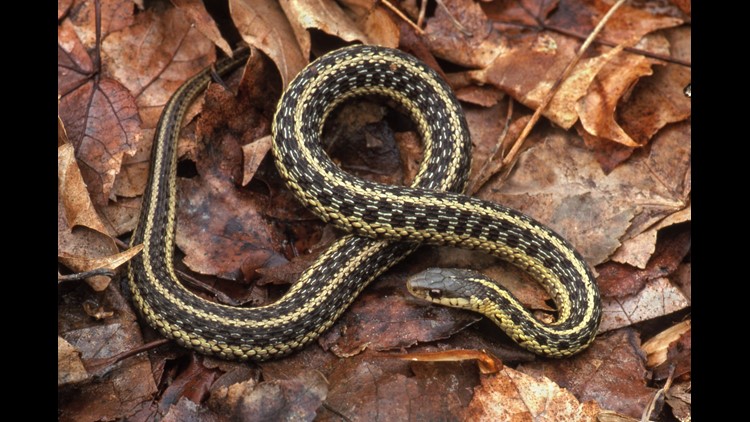HARTFORD – State environmental officials are reminding residents that snakes are becoming more active at the same time people are venturing outdoors to enjoy the nice weather, do yard work, or participate in various outdoor activities, like hiking.
“Snakes are probably some of the most misunderstood animals in the outdoors,” said Rick Jacobson, Director of Connecticut’s Department of Energy and Environmental Protection Wildlife Division in a statement released to the press Wednesday. “There is no need to fear or hate these reptiles. If you leave snakes alone, they will leave you alone.”
Snake encounters can be alarming for some people, especially if they do not understand how harmless, yet important these creatures are to the natural world, according to the Jacobson.
He said hundreds of snakes are needlessly killed by people each year because of mistaken identity, fear, and misunderstanding. Very often, when a snake is found near a home, people may panic and even assume that the snake is dangerous or venomous.
Connecticut residents are unlikely to encounter a venomous snake around their home. The two venomous snake species found in Connecticut – the timber rattlesnake and the northern copperhead – do not have wide distributions.
These venomous snakes, along with the other twelve Connecticut snake species, aren’t aggressive and will only bite if threatened or handled. If left alone, snakes pose no threat to people, Jacobson said.
If you unexpectedly come across a snake, the snake is likely as startled as you are. There is no reason to kill a snake – instead, you should observe and enjoy it from a distance and allow it to go on its way. All snakes will retreat from humans if given a chance, according to Jacobson.
Some snake species, in particular garter snakes, are often encountered in yards and around outbuildings. Occasionally they will enter homes and outbuildings in search of food.
A snake found in the home can be easily and safely removed, said Jacobson.
A pair of garden gloves is sufficient protection from gartersnake bites. The snakes have long teeth for their size so a bite on an unprotected hand is not dangerous but can be painful. The snake should be picked up carefully to avoid excessive squeezing. Snakes have delicate bodies and are easily injured. Place the snake in a cloth bag and release it in an area not far from the point of capture so the snake will be in familiar territory.
To discourage snakes from entering buildings, make sure all cracks in the foundation are sealed. Basement windows should close tight or be covered with screens.
Snakes can be discouraged from yards by cutting grass short, removing brush and rock piles, and trimming shrubs up off the ground, said Jacobson.
More information about snakes and snake conservation in Connecticut, as well as an identification guide, can be found on the DEEP website.



